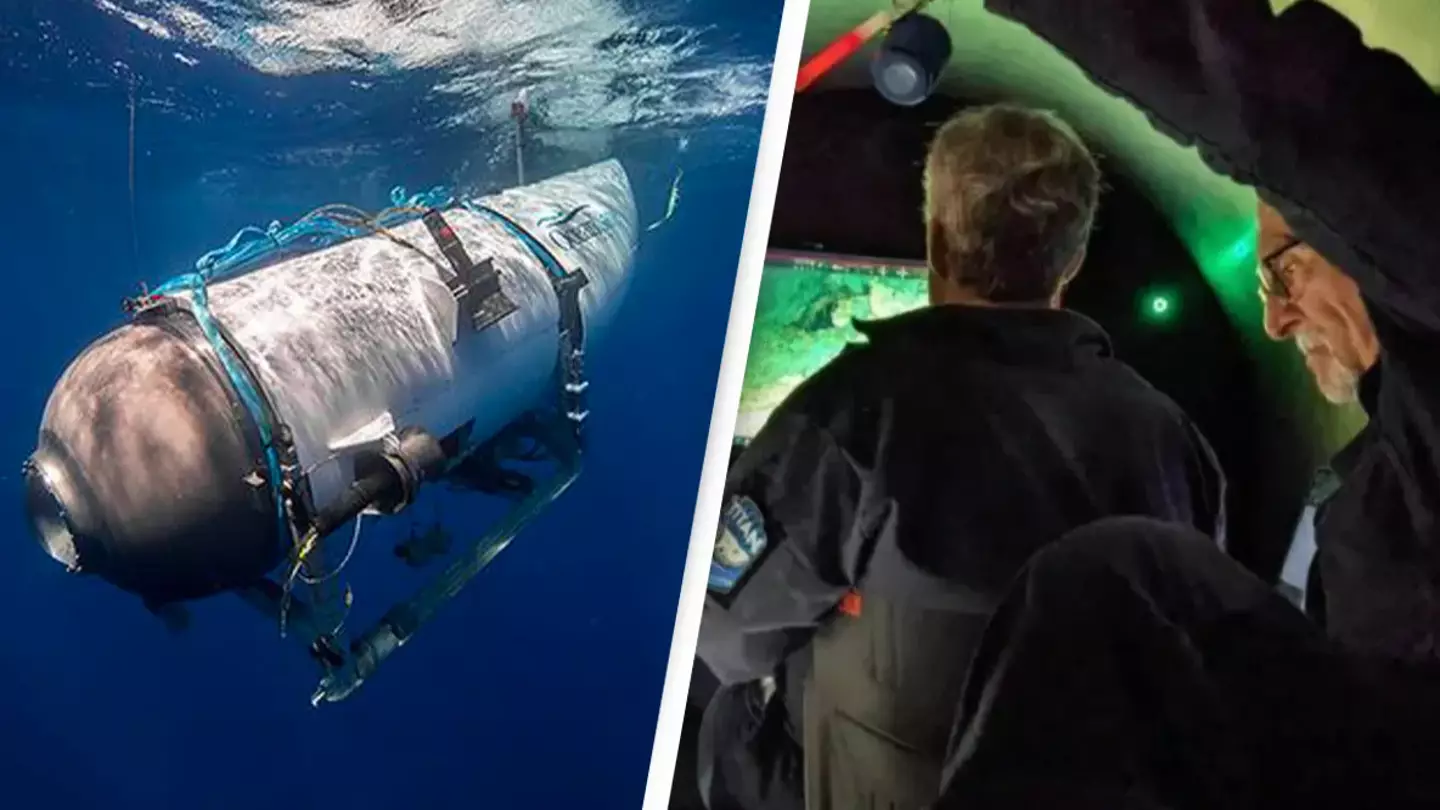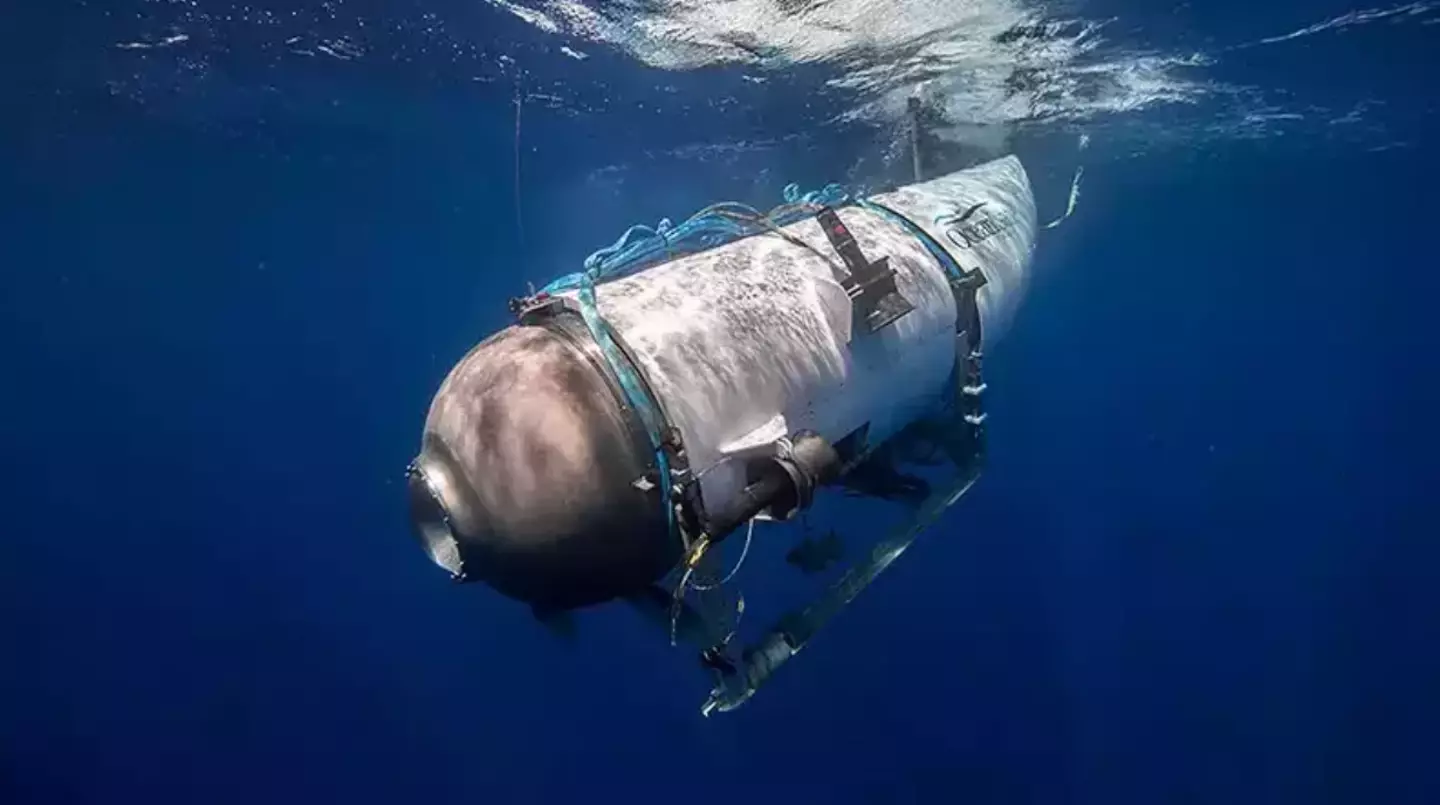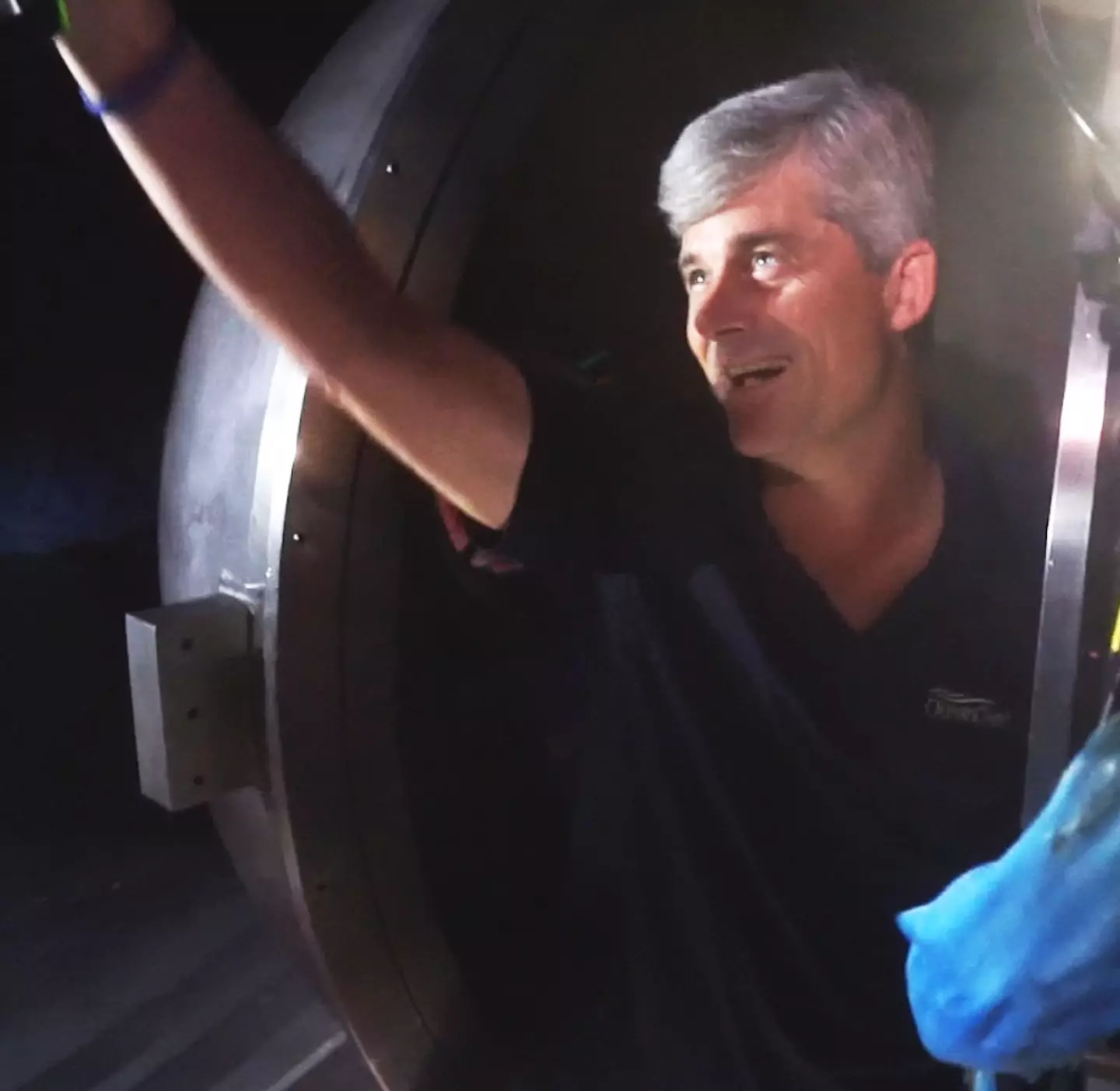
A letter penned years ago to OceanGate CEO Stockton Rush warned their 'experimental approach' to submarine use could end in disaster.
OceanGate is now at the center of a race against time to rescue five people missing on board its Titan submersible vessel, which vanished one hour and 45 minutes into a journey to take tourists down into the depths of the Atlantic Ocean to see the Titanic wreckage.
The passengers onboard - each of who paid $250,000 to be part of the expedition - includes British billionaire Hamish Harding; French explorer Paul-Henri Nargeolet; Shahzada Dawood and his son Suleman; and OceanGate CEO Stockton Rush.
And now, amidst the frantic search, a letter written five years ago to Stockton Rush has surfaced.
Advert
Obtained by The New York Time, the 2018 letter from the manned underwater vehicles committee of the Marine Technology Society warned OceanGate of their then-planned expeditions to take tourists to see the Titanic.
It also warned the 'experimental' expeditions could end in negative outcomes that range 'from minor to catastrophic', with the latter coming true five years later.
"Our apprehension is that the current experimental approach adopted by Oceangate could result in negative outcomes (from minor to catastrophic) that would have serious consequences for everyone in the industry," the letter read.
The 60-year-old group of industry professionals also expressed concerns the Titan did not meet industry standards.

It urged OceanGate bosses 'at minimum' to submit the Titan prototype for an external DNV-GL safety review, regardless of the expense and additional time it would require to get the missions rolling for the tourism venture.
Advert
DNV are a team of independent experts in assurance and risk management when it comes to Maritime and submersible activities.
But it appears that never occurred, with the tourism company arguing in a 2019 blog post that it had worked to mitigate risks.
The blog added getting the submersible certified by a group like DNV would not ensure the safety of those on board any future missions to the Titanic or otherwise, as 'innovation often falls outside of the existing industry paradigm'.
Details are continuing to emerge about the missing vessel, known as Titan, after authorities lost contact with it about an hour and 45 minutes after it began its dive on Sunday (18 June).
Advert
With five people on board, the submersible descended below the water's surface to explore the wreck of the Titanic.

It's understood that Titan has a 96-hour oxygen supply in case of emergencies, meaning the clock is seriously ticking if the passengers are trapped inside.
It typically takes Titan around two hours to descend approximately 12,500 ft below the surface to where the Titanic lies in a trench.
Advert
Rear Admiral John Mauger, of the US Coast Guard, has said responders are 'deploying all available assets' to locate the vessel.
However, he added: "It is a remote area and it is a challenge to conduct a search in that remote area."
Topics: News
